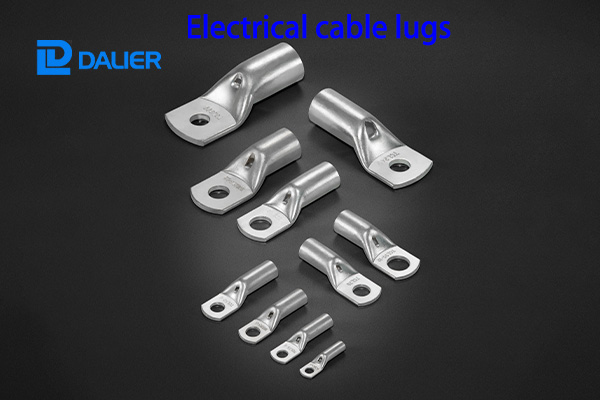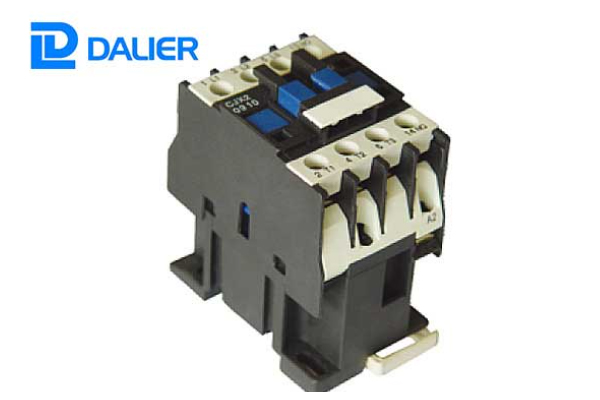What is a mechanical connector?
Across countless industries, from the intricate circuitry in your smartphone to the vast pipelines under the ocean floor, components need reliable, efficient, and secure ways to connect. This is where mechanical connectors shine. Fundamentally, a mechanical connector is a physical device designed to join two or more components together using purely mechanical means – leveraging forces like friction, compression, or interlocking geometry – without relying on chemical bonding (like adhesives) or fusion (like welding).
Key Features:
1. Mechanical Components: At their core, mechanical connectors consist of tangible, manufactured parts such as threads, clamps, latches, pins, sockets, housings, seals, and fasteners. These components physically interact to create the joint.
2. Ease of Installation: A major advantage is their relative simplicity to install. Many are designed for straightforward assembly, often requiring basic hand tools or sometimes just manual force (push, twist, snap). This contrasts sharply with complex welding procedures or curing times for adhesives.
3. Range-Taking: Good mechanical connectors are designed to accommodate slight variations in the size, shape, or alignment of the components being joined (tolerances). Features like spring-loaded contacts, compressible gaskets, or adjustable clamps allow for a secure fit even when parts aren't perfectly identical or perfectly aligned.
4. Reliability: When properly selected and installed, mechanical connectors provide highly dependable, long-lasting connections. They are often designed to withstand vibration, thermal cycling, pressure, and environmental stresses specific to their application. Proper sealing (often integrated) is crucial for many types.
5. Versatility: This is a hallmark. Mechanical connectors exist in an immense variety of forms, sizes, materials, and complexities to serve an almost limitless range of applications, from tiny electronic links to massive structural joins.
Examples Spanning Industries:
1. Electrical Connectors:
Wire Nuts: Simple twist-on caps for joining electrical wires in buildings.
Terminal Blocks: Screw or spring-clamp terminals for securing wires within control panels.
Plug & Socket Connectors: RJ45 (Ethernet), USB, D-sub, circular connectors – enabling easy connection/disconnection of devices and cables.
2. Piping Connectors:
Threaded Fittings (NPT, BSP): Screw-together connections for pipes and valves.
Flanges: Bolted plates with gaskets creating strong, sealable joints, common in high-pressure systems.
Compression Fittings: Use a ferrule compressed by a nut to seal tubing.
Quick Couplings: Allow rapid connection/disconnection of hoses without tools.
Victaulic-style Grooved Couplings: Use a gasket and bolts around grooves cut into pipe ends.
3. Subsea Connectors:
ROV-Operated Hydraulic/Electrical Couplers: Allow Remotely Operated Vehicles to connect umbilicals providing power, control, and chemicals to subsea equipment.
Pipeline Jumpers with Collet Connectors: Mechanically latch subsea pipelines together, often using hydraulic actuators for remote installation.
The Compelling Benefits:
The features of mechanical connectors translate directly into significant advantages:
1. Faster Installation & Assembly: Compared to welding, brazing, or adhesive bonding, mechanical joining is typically much quicker. This reduces labor time and speeds up project completion or equipment repair. Quick-connect types are especially valuable here.
2. No Special Tools Required: A vast number of mechanical connectors can be installed using standard hand tools (wrenches, screwdrivers) or even just hands (snap-fit, push-in, twist-lock). This eliminates the need for expensive, specialized equipment like welders or autoclaves, increasing accessibility.
3. Adaptability: The inherent range-taking ability allows connectors to handle variations in components. Their modular nature also means systems can be easily reconfigured, extended, or repaired by disconnecting and reconnecting components.
4. Reliable Connections: Properly specified and installed mechanical connectors deliver consistent, predictable performance. They offer robust physical connections resistant to environmental factors and designed for long-term service, ensuring system integrity and safety. Features like built-in seals and locking mechanisms enhance this reliability.
Conclusion:
Mechanical connectors are the fundamental building blocks for assembling the physical world around us. Their clever designs, leveraging mechanical principles to create secure joins, offer unmatched versatility, ease of use, and reliability. Whether it's powering our homes, transporting water and fuel, or operating complex machinery deep under the sea, these essential components provide the dependable connections that keep our systems functioning smoothly and efficiently. Their ability to combine strength, speed of installation, and adaptability makes them indispensable across virtually every engineering discipline.




